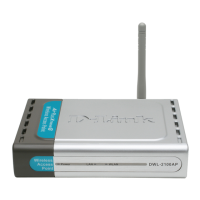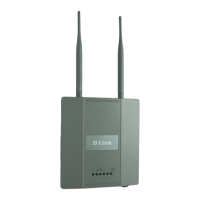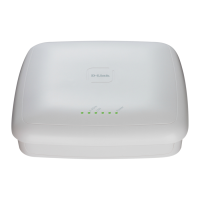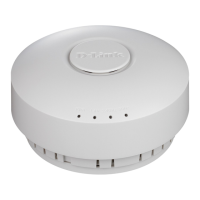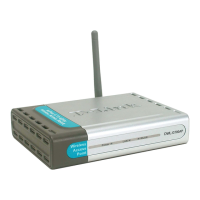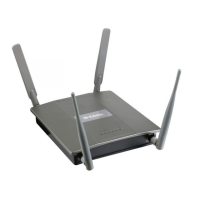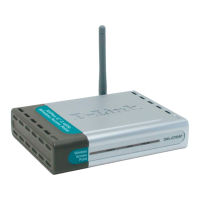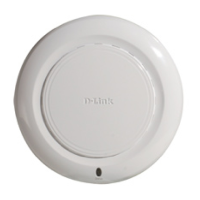Monitoring Status and Statistics
D-Link Unified Wired and Wireless Access System
Oct. 2015 Page 473
D-Link UWS User Manual
For radios that include IEEE 802.11a, IEEE 802.11a/n, or 5-GHz 802.11n support, the page displays an
additional table with radar detection information.
Command Buttons
The page includes the following buttons:
• Refresh—Updates the page with the latest information.
• Back—Returns to the Managed AP Status page.
Viewing Managed Access Point Neighbor APs
During the RF scan, an access point collects and stores beacon information visible from neighboring access
points. Access points can store the neighbor information for up to 64 neighbor APs. If the neighbor scan
information exceeds the capacity, the oldest data in the neighbor list is overwritten.
Use the menu above the table to select the AP with the Neighbor AP information to view. The AP is identified
by its MAC address and location. If the AP has two radios, select a radio to view the neighbor APs detected by
using an RF scan on that radio. The radio is identified by its number and configured mode. If the radio is
disabled, the radio mode will be displayed as Off.
Table 274 on page 474 describes the fields you see on the Neighbor APs page for the managed access point
status.
Medium Time
Admitted
Current sum of medium time (bandwidth) allocated to clients using a traffic stream
on the radio. Medium time is measured in 32 μsec/sec units.
Medium Time
Unallocated
Amount of medium time (bandwidth) not currently allocated for clients connected
to the AP through this radio. Medium time is measured in 32 μsec/sec units.
Medium Time Roaming
Unallocated
Amount of medium time (bandwidth) not currently allocated for roaming clients.
Medium time is measured in 32 μsec/sec units.
Table 273: Radio Detail Regulatory Domain
Field Description
Supported Channel Lists the radio channel used for transmitting and receiving wireless traffic.
Radar Detection
Required
In some regulatory domains, radar detection is required on some channels in the 5-
GHz band. If radar detection is required on the channel, the AP uses the 802.11h
specification to avoid interference with other wireless devices.
Radar Detected Indicates whether another 802.11 device was detected on the channel.
Time Since Radar Last
Detected
Shows the amount of time that has passed since the device was last detected on the
channel.
Table 272: Managed AP Radio Detail (Cont.)
Field Description
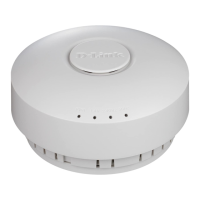
